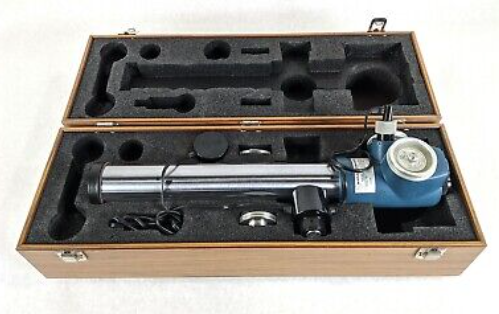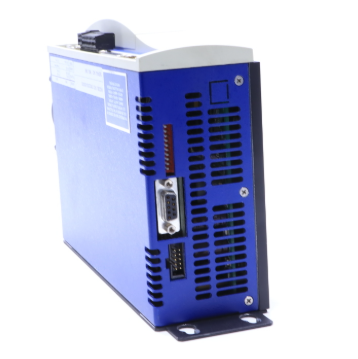How does the chemical industry pursue a low-carbon transition
The petrochemical industry is an important pillar of China's national economy, with a long industrial chain and wide product coverage, which is closely related to national economic construction and People's Daily life. Limited by the objective resource endowment of "rich coal, less oil and lack of gas", the coal-based chemical industry is increasingly attracting the attention of the market, and the pressure to reduce carbon dioxide emissions is increasing. With the proposal of dual-carbon targets and the pressure of dual-control indicators, Chinese chemical enterprises have begun to explore energy conservation and emission reduction work, actively seek change, and turn challenges into opportunities. Boston Consulting Group (BCG) has conducted in-depth research on the status quo of carbon emissions in China's chemical industry, the opportunities and challenges faced by low-carbon transformation, and combined with the development practice of leading enterprises, summarized the elements of carbon neutral transformation of chemical enterprises, and focused on sharing several key emission reduction measures, in order to provide path guidance for the carbon neutral upgrading and transformation journey of chemical enterprises.
The chemical industry is under great pressure to reduce emissions
The carbon emission of China's chemical industry generally presents the characteristics of limited total amount but high intensity. In 2019, China's carbon dioxide emissions were nearly 10 billion tons, of which the chemical sector accounted for about 4%. Compared with the power and heat, metal smelting and other sectors, the carbon emissions per unit income of the chemical industry were higher than the average level of the national industrial sector, and the emission intensity was prominent, and it still faced greater pressure to reduce carbon emission and control.

The chemical industry contributes a lot to the economy of some regions, and the promotion of carbon reduction work needs to respect the law and step by step. Under the influence of objective resource endowment conditions, the chemical industry has a high degree of economic contribution to some resource-intensive provinces. In the actual promotion of dual-carbon work, it is necessary to balance the dual considerations of economic development and ecological environmental protection, if the across-the-board restriction of high energy consumption projects, it may cause negative impact on regional development.
Recent policies have been frequently introduced to guide the dual-carbon work of the chemical industry, and timely correct the "one-size-fits-all" and "movement-style" carbon reduction behavior. In September 2021, The State Council issued the "Opinions on the complete, accurate and Comprehensive Implementation of the New Development Concept to do a good job of carbon Peak carbon neutrality", which is the top-level design of the dual-carbon "1+N" policy system, which listed some industries such as petrochemical and chemical industries as the first batch of key areas for energy conservation and carbon reduction. In October and November 2021, the National Development and Reform Commission and other departments successively issued policies to define energy conservation and carbon reduction targets for high-energy-consuming industries, including chemical industries. In addition, in the face of excessive efforts in some areas to pursue "double control" of energy consumption, policies have also been introduced in a timely manner to correct and adjust.
Opportunities and challenges coexist
In terms of challenges, basic chemical products such as synthetic ammonia, oil refining and methanol have the largest carbon reduction space. From the product itself, the chemical products with large annual carbon dioxide emissions are mainly synthetic ammonia, oil refining, methanol, calcium carbide, coal to oil and ethylene and other basic chemical products, especially the carbon emission of synthetic ammonia, oil refining and methanol has accounted for 30% to 40% of the entire petrochemical industry. As these basic chemical products are important raw materials for downstream products, it is urgent to find green alternatives.
The chemical industry faces pressure from downstream application industries on carbon control and carbon reduction of raw materials. The BCG study, conducted in collaboration with the World Economic Forum, found that upstream emissions account for about 80% of total carbon emissions in end-customer-facing industries such as electronics, construction, automotive, food and consumer. Many enterprises in the terminal industry have also set emission reduction targets, forcing the chemical industry as a raw material input to reduce carbon and control carbon.
Under the dual-carbon background, advanced application scenarios have spawned the development demand for green chemical materials and low-carbon technologies. For example, the trend of low-carbon travel has promoted the replacement of traditional fuel vehicles by new energy vehicles, led to the exploration and research of a new generation of battery technology and related raw materials, and the demand for materials such as lithium carbonate, graphite anode, and polyolefin separator has increased. Taking green recycling packaging as an example, it has driven the industry's attempts and practices to replace traditional petroleum-based materials with natural materials and bio-based materials.
- EMERSON
- Honeywell
- CTI
- Rolls-Royce
- General Electric
- Woodward
- Yaskawa
- xYCOM
- Motorola
- Siemens
- Rockwell
- ABB
- B&R
- HIMA
- Construction site
- electricity
- Automobile market
- PLC
- DCS
- Motor drivers
- VSD
- Implications
- cement
- CO2
- CEM
- methane
- Artificial intelligence
- Titanic
- Solar energy
- Hydrogen fuel cell
- Hydrogen and fuel cells
- Hydrogen and oxygen fuel cells
- tyre
- Chemical fiber
- dynamo
- corpuscle
- Pulp and paper
- printing
- fossil
- FANUC
- Food and beverage
- Life science
- Sewage treatment
- Personal care
- electricity
- boats
- infrastructure
- Automobile industry
- metallurgy
- Nuclear power generation
- Geothermal power generation
- Water and wastewater
- Infrastructure construction
- Mine hazard
- steel
- papermaking
- Natural gas industry
- Infrastructure construction
- Power and energy
- Rubber and plastic
- Renewable energy
- pharmacy
- mining
- Plastic industry
- Schneider
- Kongsberg
- NI
- Wind energy
- International petroleum
- International new energy network
- gas
- WATLOW
- ProSoft
- SEW
- wind
- ADVANCED
- Reliance
- YOKOGAWA
- TRICONEX
- FOXBORO
- METSO
- MAN
- Advantest
- ADVANCED
- ALSTOM
- Control Wave
- AB
- AMAT
- STUDER
- KONGSBERG
- MOTOROLA
- DANAHER MOTION
- Bently
- Galil
- EATON
- MOLEX
- Triconex
- DEIF
- B&W
- ZYGO
- Aerotech
- DANFOSS
- KOLLMORGEN
- Beijer
- Endress+Hauser
- MOOG
- KB
- Moxa
- Rexroth


Email:wang@kongjiangauto.com

















































































































